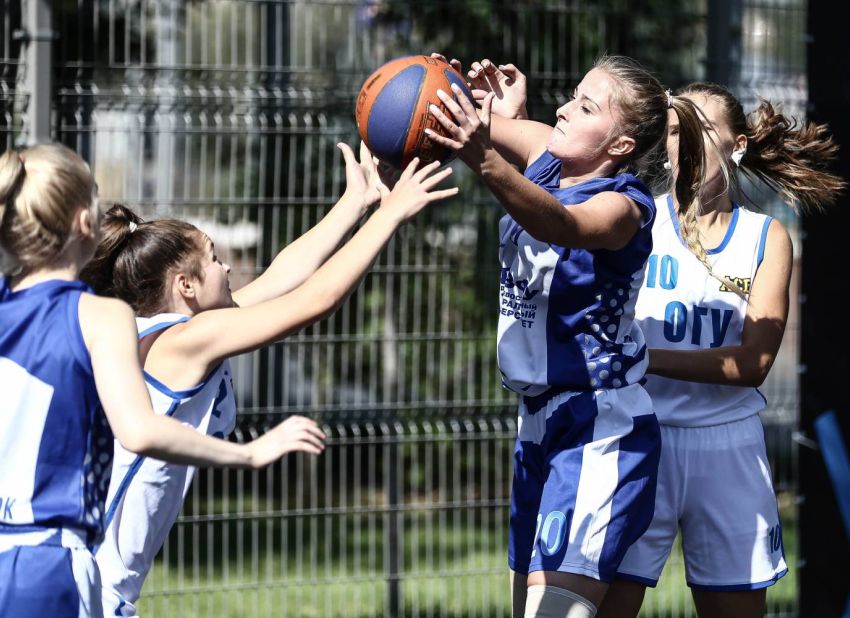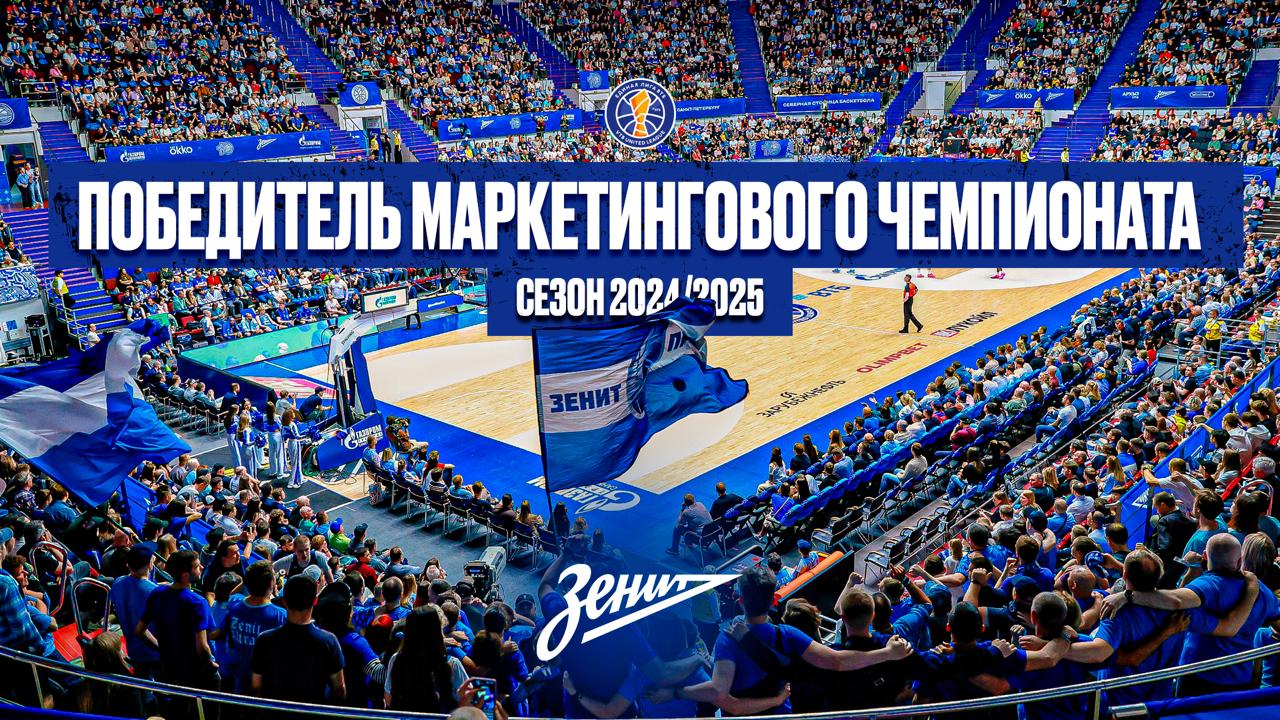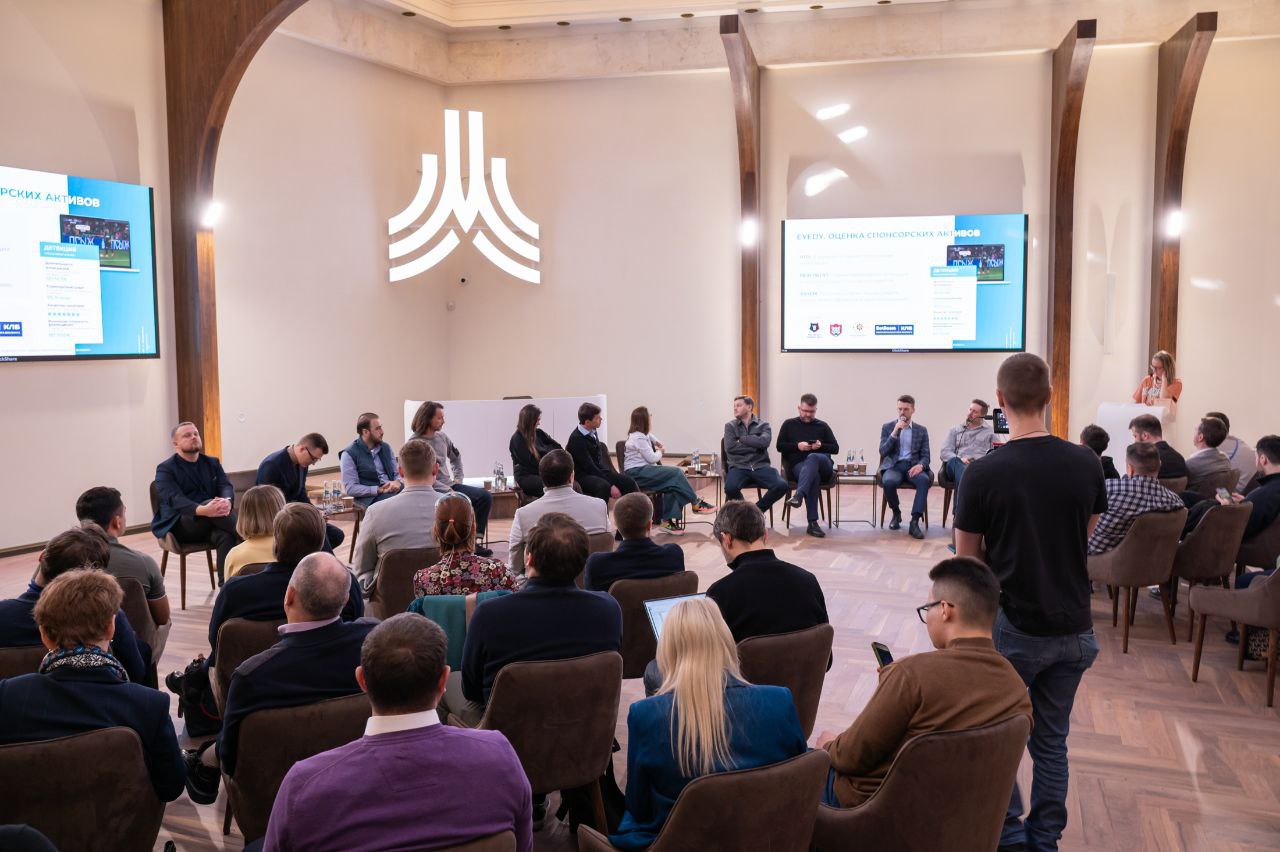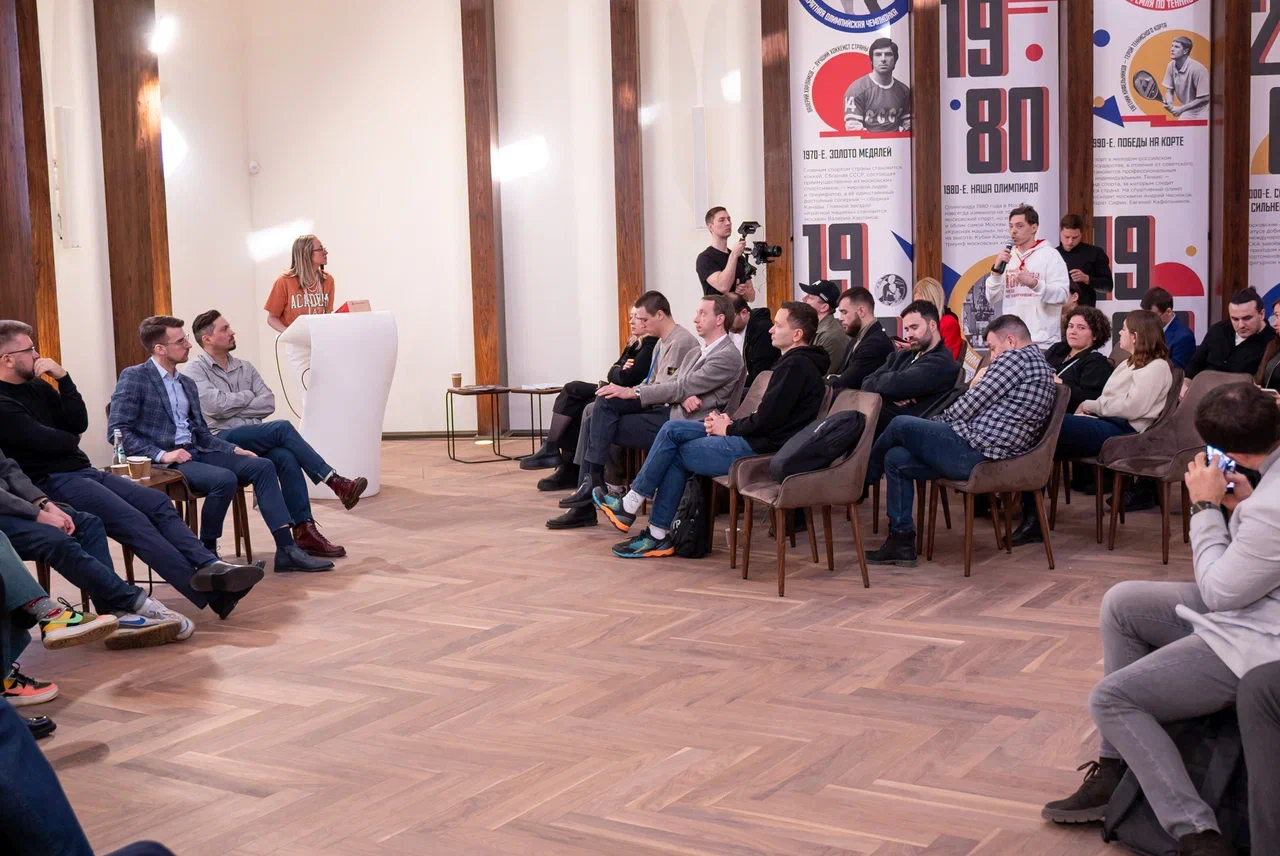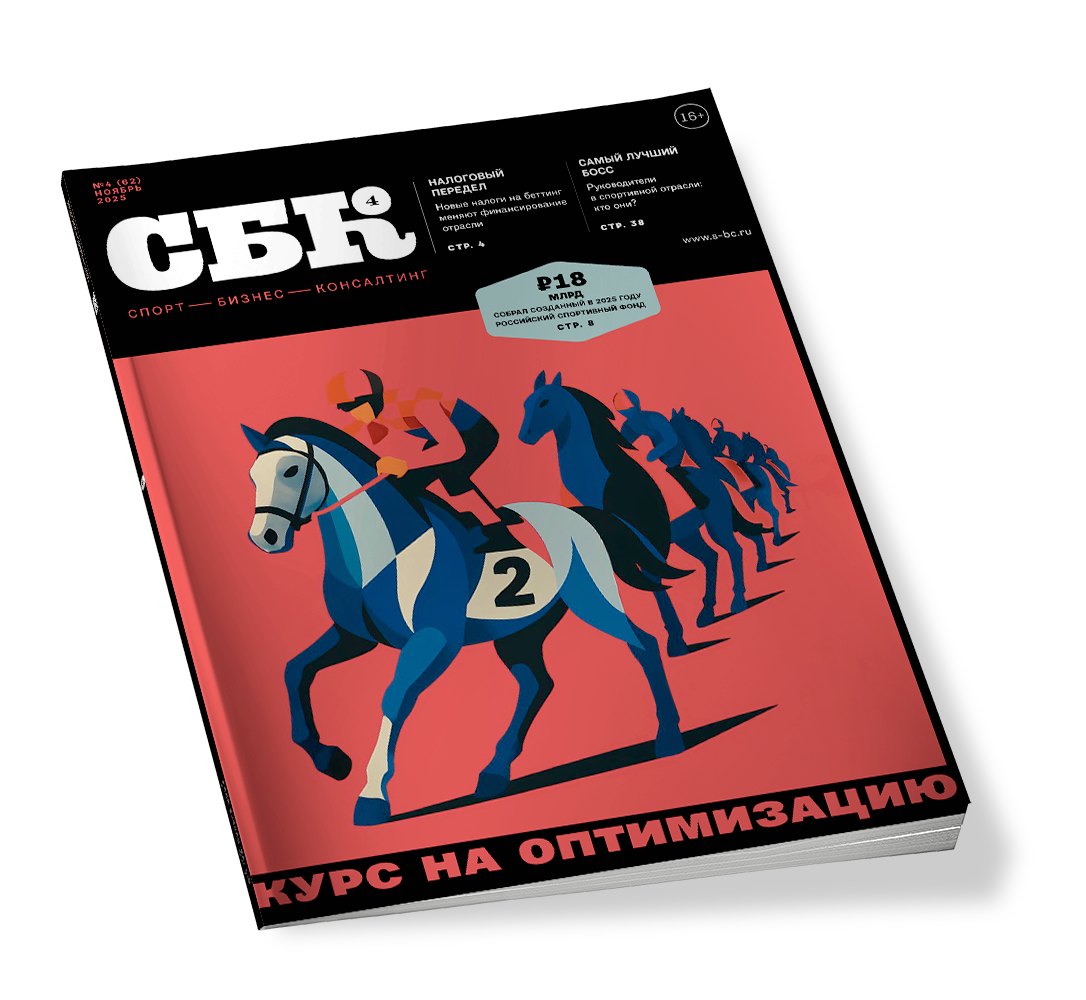The method is developed by Russian physicists and was tested on the volunteer athletes under the control of coaching and medical staff.
The method of exchange-resonance interaction is based on bioresonance stimulation with ultraweak electromagnetic waves. These waves are coherent to the EMR emitted by an athlete himself. The power of impact is ~10⁻¹⁹⁻²⁰ watt. The frequency of the EM radiation emitted by a particular athlete is recorded. Then the information is used for the resonator set-up.The waves emitted by the resonator stimulate athletes’ recovery in particular faster oxidation of lactic acid.
The first tests of the bioresonance stimulation method were run in 1993 during the training course for the Moscow International Regatta and Russian national rowing championship. After each session every athlete was stimulated with EMR for 30 minutes. The method reduced the athletes’ recovery period from 72 to 24 hours and therefore let the coaching staff to conduct more intense training sessions. The crews formed from rowers taking part in the experiment won the final races of the Moscow Regatta leaving much more experienced and titled athletes behind.
In 2006 the method was used to increase physical stamina of the young athletes. Biochemical processes were speed up in particular to stimulate faster oxidation of glykogenand glucose. The athletes taking part in the experiment tended to increase their ability to sustain power. At the same time the control group showed the trend to stamina decrease during the intense training period.
New method for athletes’ recovery
The aim of the article is to inform the athletes, coaches and sports physicians about the results of a new method for recovery and athletic stamina increase tests. This method is not yet widely recognized due to the lack of finance that didn’t allow conduct statistically significant research.
Нашли ошибку? Выделите ошибочный текст мышкой и нажмите Ctrl + Enter
Поделиться


